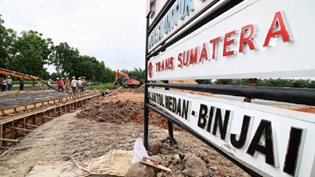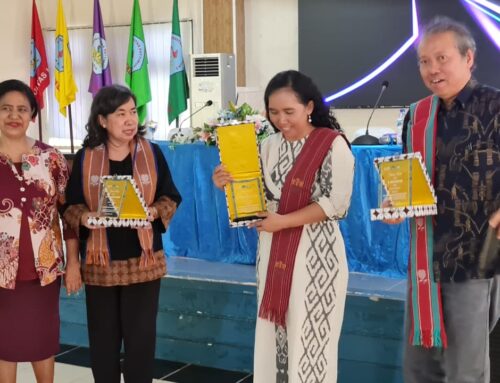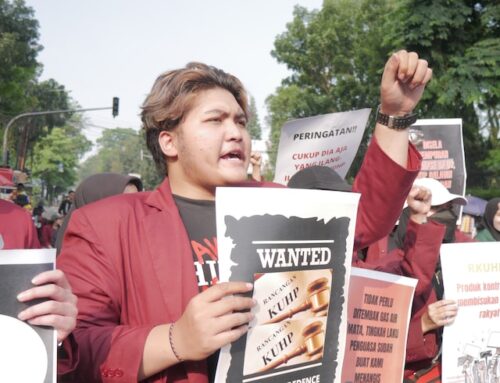Universitas Sriwijaya hosted two FKP seminar sessions for August 2017, the first one was being held on 8 August 2017 in Palembang, South Sumatra. The seminar included two speakers from Universitas Sriwijaya, who discussed about the impacts of financing to the welfare from different perspectives. Prof. Didik Susetyo presented his paper titled The Impact of Local Purchase, Local Staff, and Infrastructure to Local Economic Districts-Cities of Ten Provinces in Sumatra Island, Indonesia, while the second speaker, Sa’adah Yuliana, brought up her study on The Comparative Analysis of Financing Scheme in Sharia Commercial Banks (Bank Umum dan Unit Usaha Syariah – BUS) and Sharia People’s Financing Banks (Bank Perkreditan Rakyat Syariah – BPRS).
Indonesian regional governments have been known for spending a large fraction of their budgets on local apparatus’ salaries and, ever since the promulgation of decentralization, local infrastructures. Prof. Didik Susetyo (Faculty of Economics Universitas Sriwijaya) was particularly interested in knowing the impacts of those spending on the economic growth in 34 cities and 121 regencies in Sumatra from 2010 to 2015. The logical framework of this research was based on the economic theory that assumes government spending as a potent stimulus to create trickle-down effect on the local economy. By conducting inferential analysis of the impacts of regional government spending, number of local apparatus, and length of road on the regional GDP as a measure of local economic size, the research finds that increasing length of road negatively affects the economic growth of a region in Sumatra, while the rest of the variables give positive impacts. The result indicated that the quality of road in terms of its capability to connect hubs that matters instead of the length of road per se. He also pointed out that three main variables in his research were the major explanatories of local economic growth besides foreign and local investments, labor force, electrification rate, and water distribution in a region.
Sa’adah Yuliana (also of Faculty of Economics, Universitas Sriwijaya) discussed sharia financing distributed by BUS and BPRS in 2012-2016. There are two common sharia-financing schemes related to entrepreneurship based on its ‘akad’ or ‘contract’ types that becomes the main interest of her study: 1) mudharabah, or contract between two parties where one of which being the sole financer and 2) musyarakah, or contract between two parties where the fund and potential profit or loss are shared according to the agreed portion. Using sharia banking statistics published by Financial Services Authority (Otoritas Jasa Keuangan – OJK), Yuliana showed that BPRS handed out more money compared to BUS. More specifically, most of the loans distributed by BPRS were under musyarakah scheme. The BUS and BPRS data has been tested by conducting comparative test (commonly known as t-test). The results suggest that there are significant differences between BUS and BPRS and people apparently choose musyarakah scheme from BPRS over mudharabah and other financing options offered by sharia commercial banks.

![[FKP hosted by Universitas Padjadjaran] Kesehatan ibu pasca melahirkan di Indonesia](https://www.fkpindonesia.org/wp-content/uploads/2024/02/fkp-2024-02-21-thumbnail-500x383.jpg)

![[FKP hosted by ANU Indonesia Project] The pursuit of food self-sufficiency in Indonesia: food-trade policy preferences during the administrations of Yudhoyono (2004-2014) and Widodo (2014-present)](https://www.fkpindonesia.org/wp-content/uploads/2024/01/fkp-2024-01-16-500x383.jpg)
![[FKP hosted by ANU Indonesia Project & SMERU] Prepayment, price, and welfare: a study on electricity demand in Indonesia](https://www.fkpindonesia.org/wp-content/uploads/2023/02/fkp-2024-01-19-thumbnail-summary-500x383.png)
